Let’s start with a true story.
The year was 1945.
The chaos of World War II was now over and Irv Robbins and his brother-in-law Burt Baskin were both in their late twenties.
Wanting to make money in the post-war era, they seized the opportunity to turn America's sweet tooth into something more lucrative.
At the advice of Irv’s father, they started out on separate ventures and each opened their first ice cream store.
It was a sweet deal that would soon take the country by storm. In just seven short years, Irv Robbins and Burt Baskin's ice cream empires had prospered to over 40 stores across Southern California.
Teaming up forces seemed like an obvious next step for these entrepreneurs, and it was in 1953 that "Baskin Robbins" was born – home of 31 flavors (and counting).
By the mid-1960s, the company had become an ice cream empire with more than 400 stores across the United States.
Yet, while the business was thriving and the money was rolling in, Burt’s health was deteriorating. In 1967 on Christmas eve, he suffered a fatal heart attack and Irv lost his brother-in-law and business partner.
Irv offered his son, John Robbins, the opportunity to take on the business in his uncle’s stead. But John’s passion did not lie with ice cream, and, to his father’s disappointment, he declined the offer.
His own research had led him to draw conclusions on what a healthy diet looked like, and this is what he wanted his life to be about.
In 1987, John Robbins published a landmark bestseller called “Diet for A New America,” which investigated the food industry in which he had grown up. This book inspired millions of people across the US to look at what they were eating and how they could improve their health by addressing their food choices.
One of his readers was his own father, who, after losing his brother-in-law to heart disease, was now himself facing serious diabetes, weight issues, and heart issues. He was told he would be on medications for the rest of his life and that he might lose a leg and even his vision. His doctor, without knowing his patient was the author’s own father, gave him a copy of his son’s book to read.
The book made its mark, and Irv decided to make some drastic changes in his diet and lifestyle. He cut out sugar and processed foods, and even gave up ice cream. He also cut out most of the meat he was eating and ate a lot more plant-based food.
And the results were incredible!
Within a few months, he was off all his diabetes and high blood pressure medications, he lost a significant amount of weight and extended his life by 19 vibrant, healthy years.
In the documentary “Super Size Me,” John Robbins attributes his uncle’s heart attack and premature death at 54 years and 240 pounds to his diet and, largely, to the amount of ice cream he consumed.
But, as John found, although heart disease kills millions of people every year, it’s not inevitable.
While you can’t change some risk factors — such as family history, sex, or age — there are plenty of ways you can reduce your risk of heart disease…and it starts with what’s on your plate.
Table Of Contents:
The SAD Diet
Unfortunately, what’s on most people’s plates, is not heart-friendly, health-promoting, disease-preventing foods.
In fact, it’s often the opposite.
An eye-opening 2010 National Cancer Institute report revealed that 75% of Americans aren't consuming even one piece of fruit each day. Also, an astonishing nine out of ten are failing to meet their daily veggie quota!
On a weekly basis:
-
The large majority (96%) of Americans don’t consume even the minimum amount of greens or beans (three servings a week)
-
98% don’t reach the minimum for orange vegetables (two servings a week)
-
Only 1% of Americans consume the minimum for whole grains (about three to four ounces a day)
We use the phrase “Standard American Diet” (SAD) to describe the stereotypical diet of Americans. But what does the standard American diet actually look like?
Also known as the “Western Diet”, the SAD diet is characterized by large amounts of processed foods and refined carbohydrates, refined fats, high-fat dairy products, and red or processed meat. Unsurprisingly, it is also typically low in a healthy array of vegetables, fruits, legumes, nuts, seeds, and whole grains.
The data is somewhat alarming:
-
Almost two-thirds of America’s calories come from refined and processed foods
-
One quarter of America’s calories comes from animal foods
-
A measly 12% of America’s calories come from plant-based foods and half of that (6%) comes from French fries.
-
That means health-promoting foods such as fruits, vegetables, whole grains, nuts, and seeds account for only 6% of America’s calories
Worldwide, there is an association between ultra-processed food intake and health outcomes such as obesity, metabolic syndrome, hypertension, and high cholesterol levels, among many others.
Experts now credit the rise in obesity and chronic diseases in the U.S. to the increase in ultra-processed food consumption.
While many of us now know that ultra-processed foods are not good for our health, we don’t know exactly why.
Let’s dive in and explore how these “foods” have such a detrimental effect on our health and increase our risk for disease.
Processed Foods
-
Nutrient poor
The method used for food production and processing has detrimental effects on food properties and may disturb the nutritional content of a diet.
Processed foods are usually low in high-quality nutrients due to the processing methods used, such as high cooking temperatures, refining processes, grinding, milling, dehydrating, rehydrating, and bleaching.
-
Artificial flavors, preservatives, and emulsifiers
More than 10,000 chemicals are able to be added to food in the US, either directly or indirectly. Examples include artificial food colors, emulsifiers, nitrates, and nitrites as preservatives.
Accumulating evidence suggests that colorings, flavorings, and other chemicals added to food during processing as well as chemicals that come into contact as part of the packaging process may contribute to the risk of disease.
-
Lack of fiber and other nutrients
Processed foods — such as canned fruits and vegetables, white breads, pastas, and processed cereals — often contain less protein, fiber, vitamins, and minerals compared to whole foods.
In other words, the more processed foods are included in the diet, the lower the nutritional quality of the diet.
Fiber is one of the primary reasons whole plant foods are good for you. Accumulating evidence shows that getting enough fiber may reduce your risk of chronic disease. Many of these benefits are attributed to your gut microbiota.
-
Fewer polyphenols and antioxidants
The antioxidants in fresh produce scavenge harmful free radicals and therefore have a protective effect against oxidative stress. They also improve the nutritional value of food and prevent spoilage. Moreover, antioxidants inhibit intracellular oxidation, which has been associated with the prevention of most degenerative and chronic diseases.
Studies have shown that food processing, such as refining grains, lowers their antioxidant content. For example, whole wheat flours have higher antioxidant activities than refined flours.
Eating processed foods with lower antioxidant content may contribute to oxidative stress caused by free radicals. In addition, since some antioxidants, like polyphenols, serve as prebiotics that increase the population of beneficial bacteria in the gut, a diet rich in processed foods may alter gut microbial imbalance and contribute to a leaky gut.
Antibiotics
For the past 80 years, antibiotics have been given to farm animals such as cows, chickens, and pigs, in order to treat infections or thwart diseases from spreading.
Low doses of antibiotics are also given to prompt growth to foster a greater production of meat or milk in shorter periods of time.
Although the use of antibiotics in animal foods is very low and strictly regulated, when antibiotics are overused, they end up becoming less effective for both humans and animals. This is because bacteria that are frequently exposed to antibiotics develop a resistance to them.
In addition, the ingestion of antibiotics through food consumption may also expose intestinal bacteria to them and cause imbalances in the gut microbiome, which can contribute to poor overall health.
Artificial sweeteners and added sugars
The average American downs a whopping 17 teaspoons of added sugar a day. That equates to nearly 60 pounds of added sugar in a year.
The effects of added sugar on your body (such as inflammation, higher blood pressure, weight gain, diabetes, and fatty liver disease) are associated with an increased risk for heart attack and stroke.
In addition, consuming too much added sugar over long periods of time can affect the natural balance of hormones that drive critical functions in the body.
Unfortunately, in order to cut calories, artificial sweeteners are often used in sugar’s place. However, research has shown that artificial sweeteners have their own dangers. A recent study found that higher consumption of artificial sweeteners (especially aspartame, acesulfame potassium, and sucralose) are linked to increased cardiovascular disease risk.
Eliminating processed foods
So, how can we change what’s on our plate to promote health instead of disease?
Cutting down on how much highly processed foods you consume is one of the best ways you can start making the transition from a SAD diet to a diet that promotes health, happiness, and longevity.
If you have been indulging in processed foods and want to try to cut back on your consumption, here are some top tips to help you do that:
-
Have healthy snacks handy. Stock your kitchen with plenty of nutritious snacks, such as fresh fruit, mixed nuts, and veggies with dips such as hummus. This way you can stop grabbing that packaged snack on your way out the door when you're running short on time.
-
Don’t go shopping when you’re hungry. Going shopping when you’re hungry is only going to increase the likelihood that you’ll purchase unhealthy, processed foods. Instead, schedule your grocery shopping after you’ve eaten a healthy, plant-based meal to help you avoid craving-driven purchases.
-
Fill your shopping cart with fresh produce. Switch your shopping routine next time you go grocery shopping. Fill your cart with minimally processed ingredients like fruits, vegetables, whole grains, and legumes. You can try shopping in the perimeters of the stores and avoiding the middle aisles where most processed and junk foods are typically found.
-
Opt for whole grains over refined grains. Replace refined grains like white pasta, bread, and rice for whole grain alternatives, such as quinoa, buckwheat, and whole-grain bread.
-
Be adventurous in the kitchen. Recreate your favorite comfort, unhealthy foods by giving them a healthy twist. If you are running low on creativity, search online for blogs and recipe books.
-
Drink more water. Trading sugary beverages for water is one of the best things you can do to improve your overall diet quality. Sparkling water with a splash of lime is a great option to replace sugary fizzy drinks.
-
Prep meals in large batches. Set aside a couple of hours one or two times per week so you can have time to prepare large batches of nutritious meals to ensure you have healthy foods ready to eat in your fridge even when you're too busy to cook. This will help to reduce the temptation to eat fast food or pass by the drive-through on your way home after a long day at work.
-
Eat less meat. Reduce your meat intake, especially processed meats such as bacon, sausages, lunch meats, and hot dogs. Replace with sources of plant-based protein such as beans, lentils, tofu, or tempeh.
Irv Robbins saw firsthand the power of food to either harm or heal. Unfortunately, that knowledge came too late for his brother-in-law, Burt.
While genetics may have dealt you a bad hand, you can still make healthy decisions to play your part in reducing your risk of disease, and a large part of that is what you put in your mouth on a daily basis.
Recipe Spotlight: Lemon & Lavender Bite–Sized Treats
Who says snacking has to be unhealthy? These mini bites of deliciousness pack an extraordinary punch - not only are they full of flavor and easy-to-make, but the addition of lavender (or ginger) as a substitute gives them an exotic twist.
Not only that, lemons provide essential nutrients like vitamin C which help support your immune system! The sour juice acts as a natural digestive stimulant for digestion too – so go ahead and give these snacks a try! Enjoy!





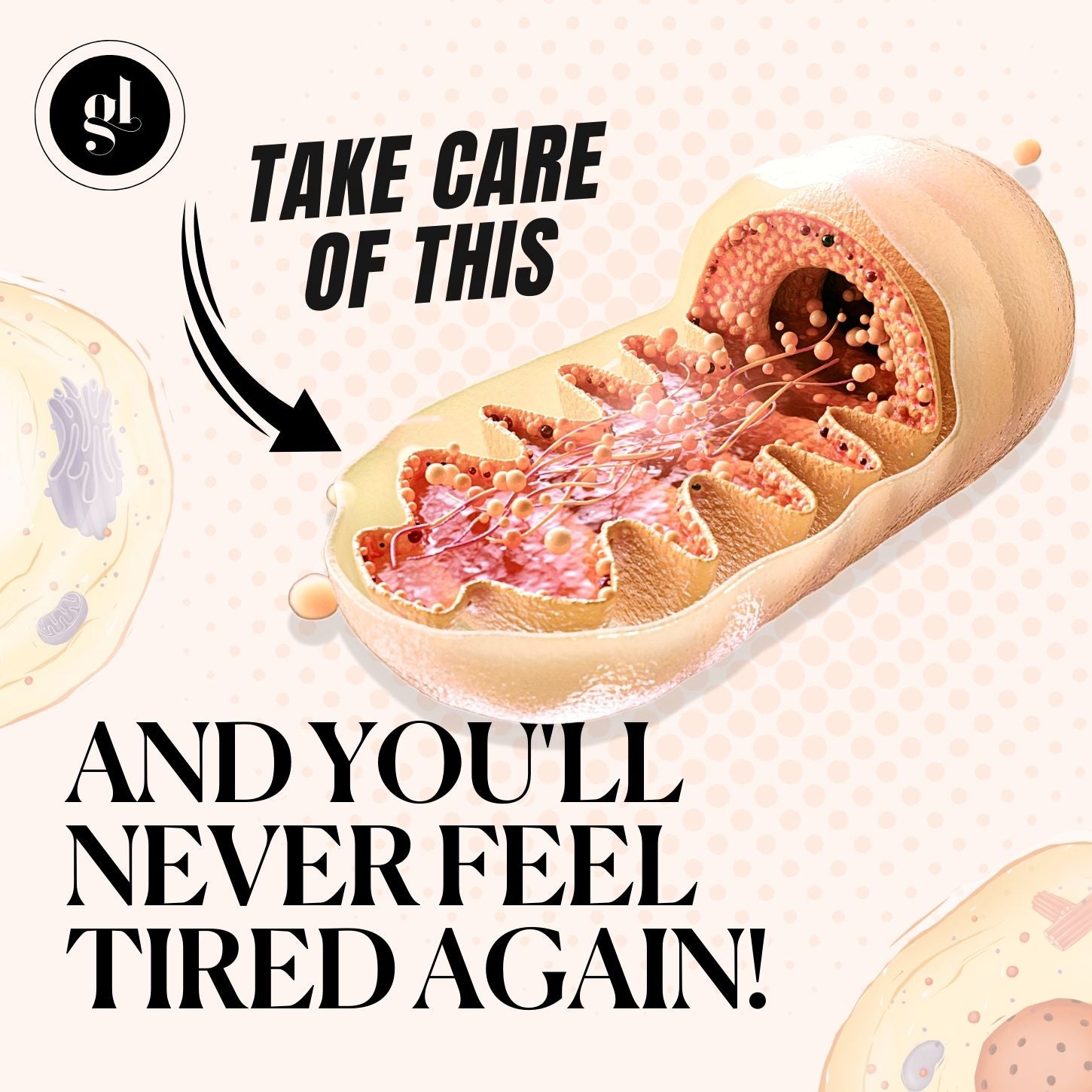



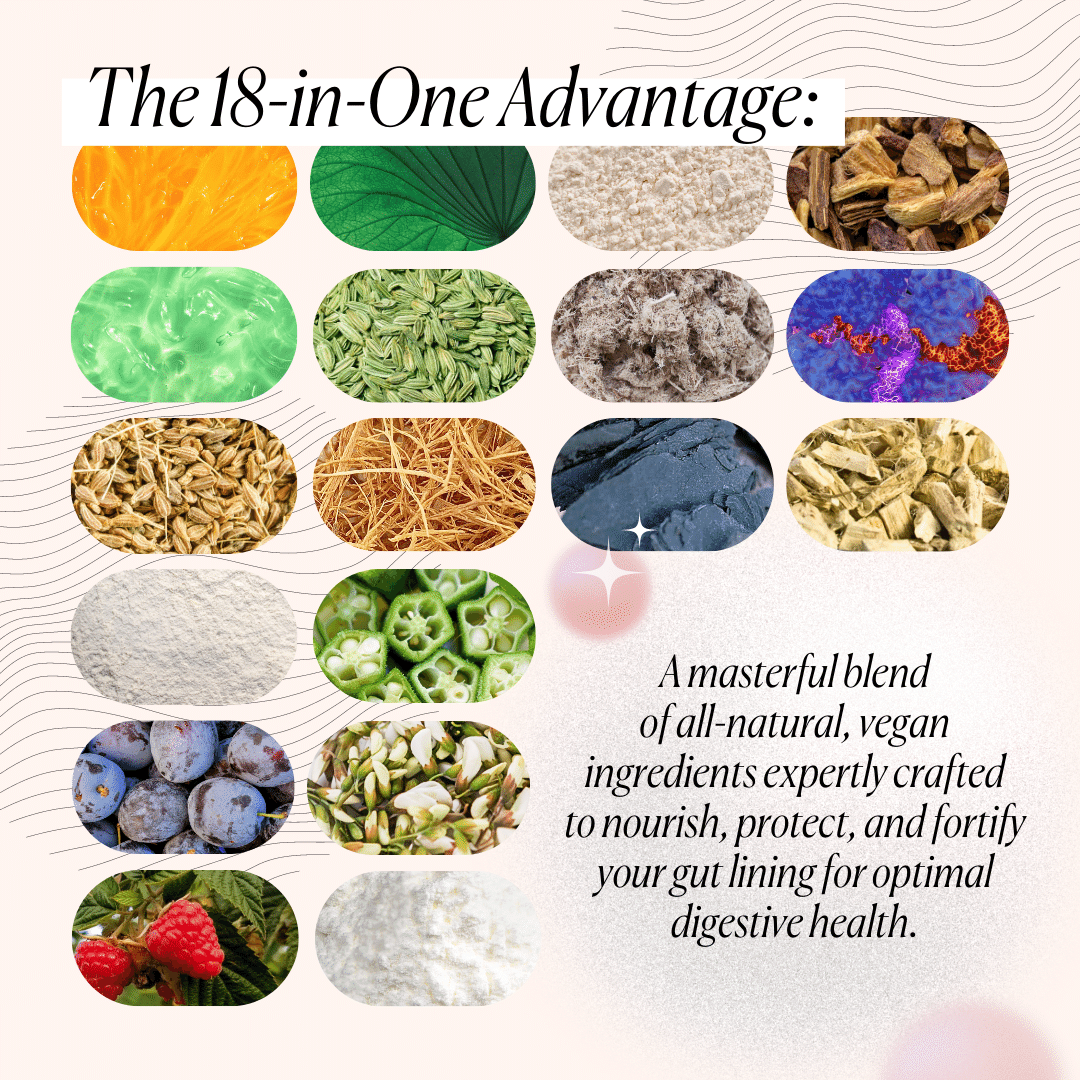
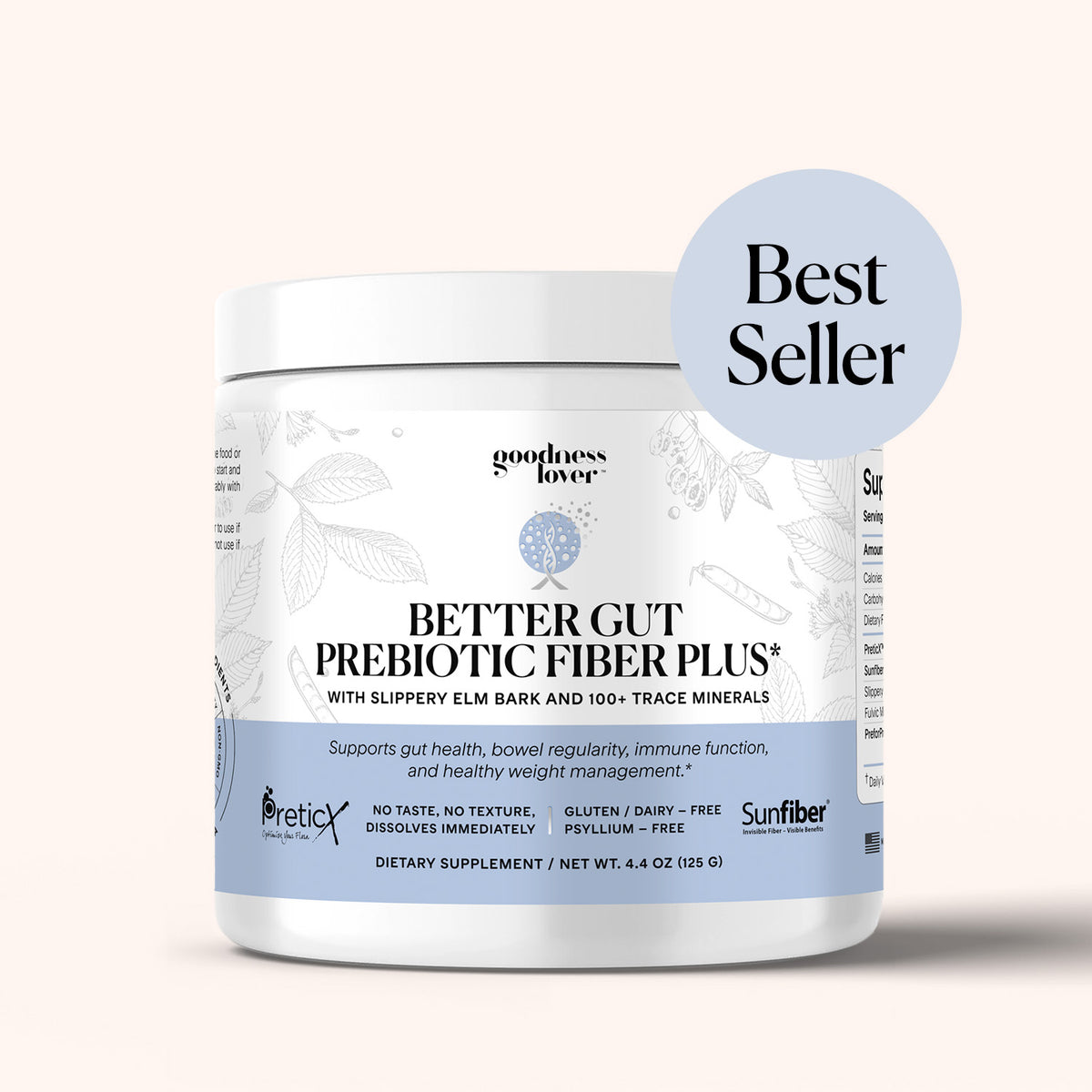

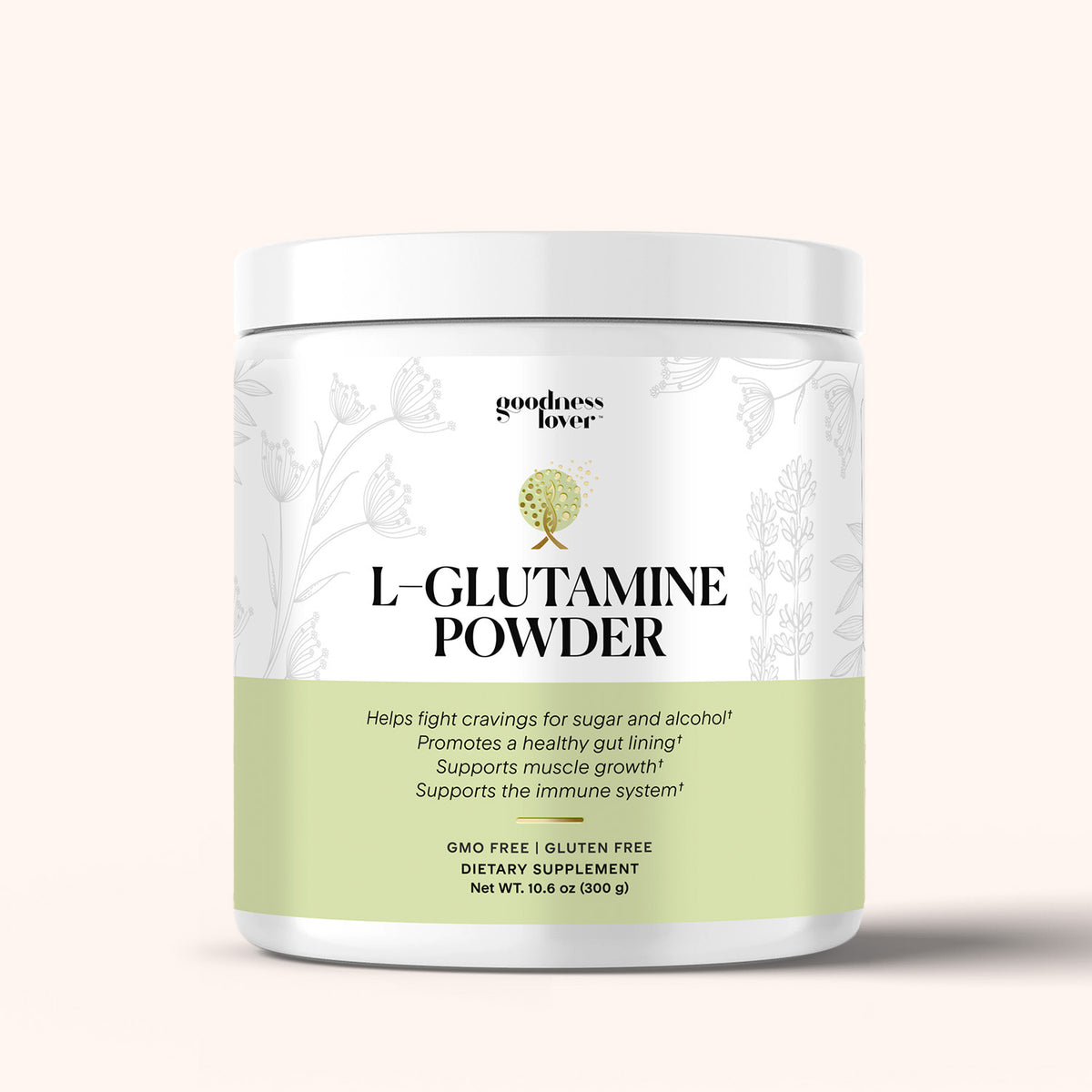
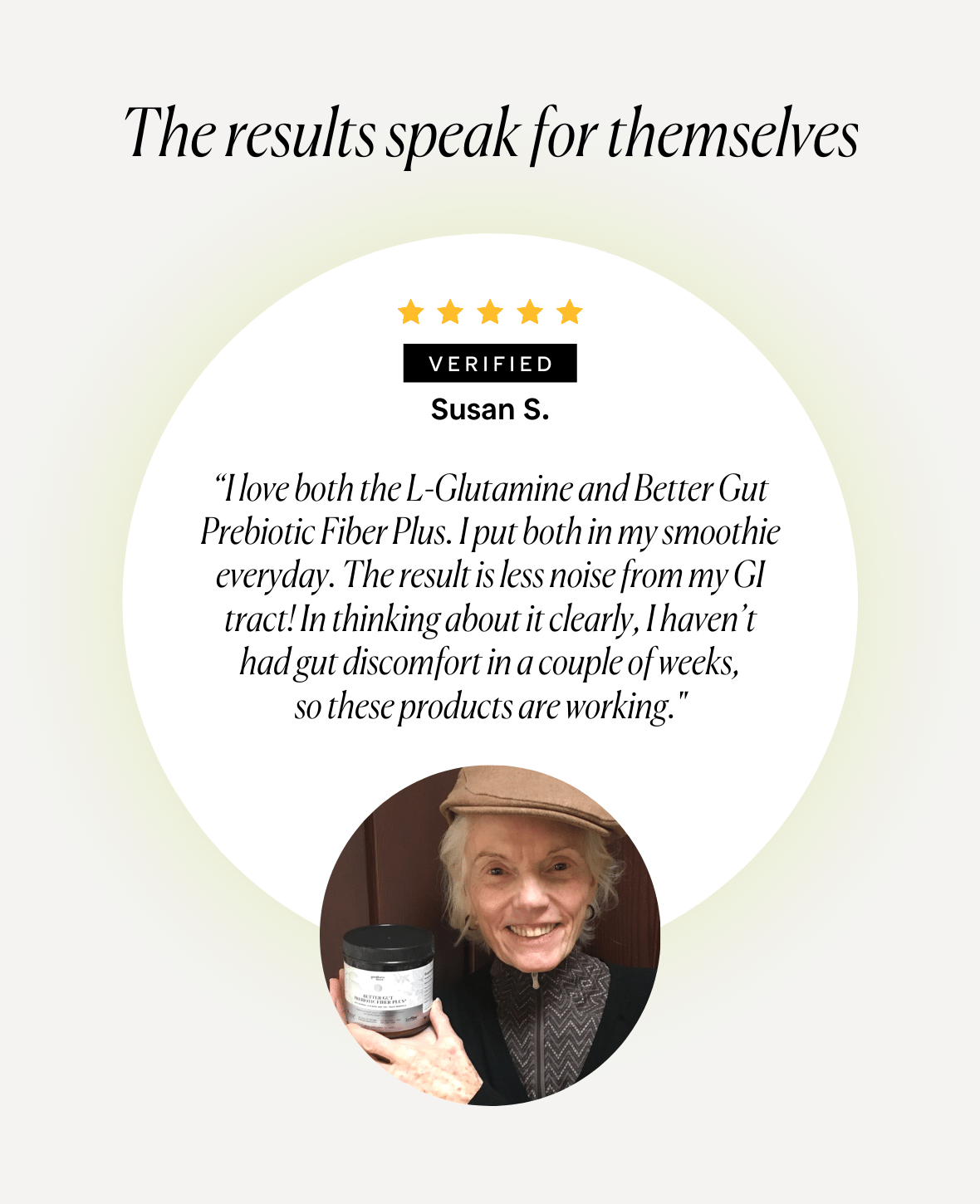
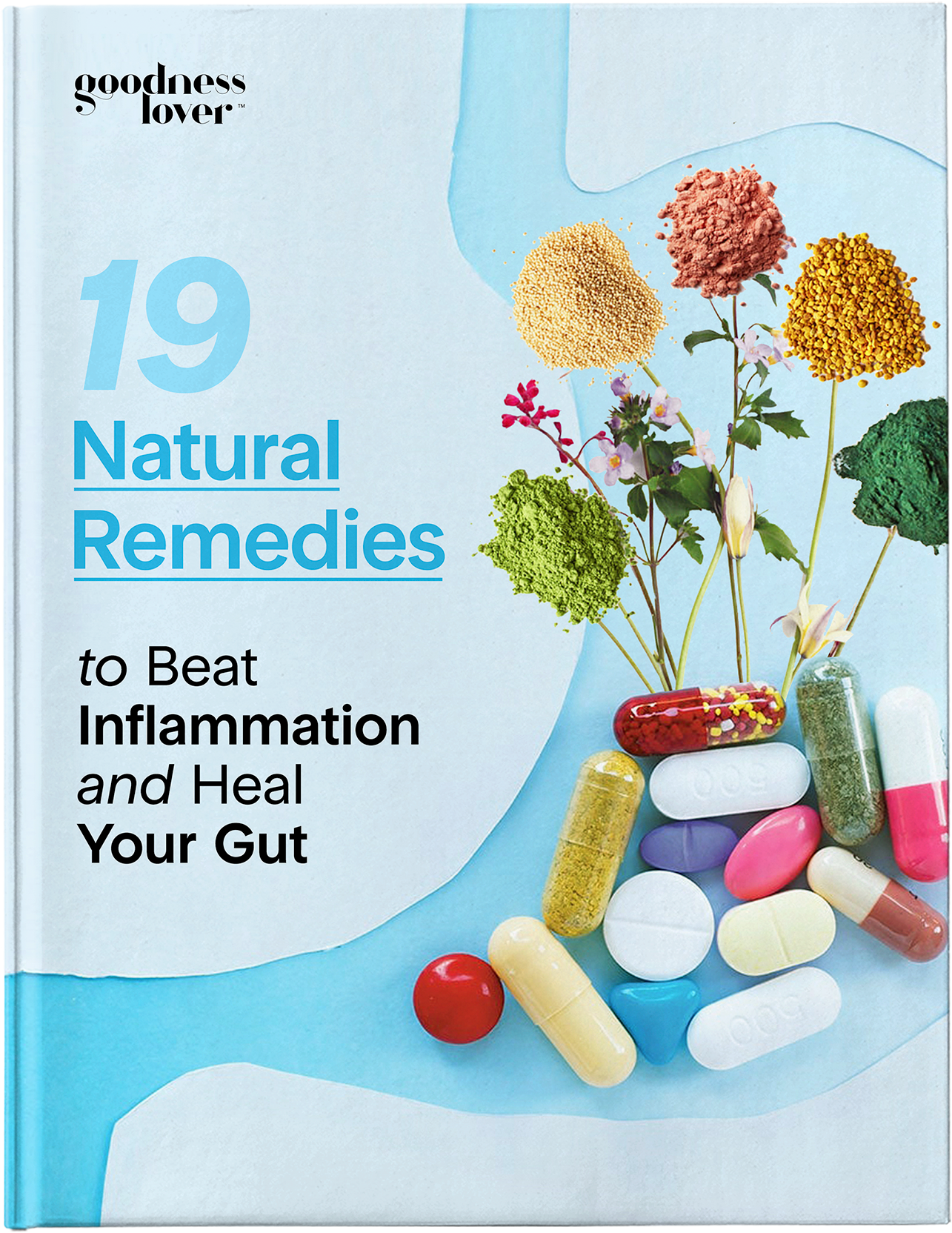
What Do You Think? Comment Below: